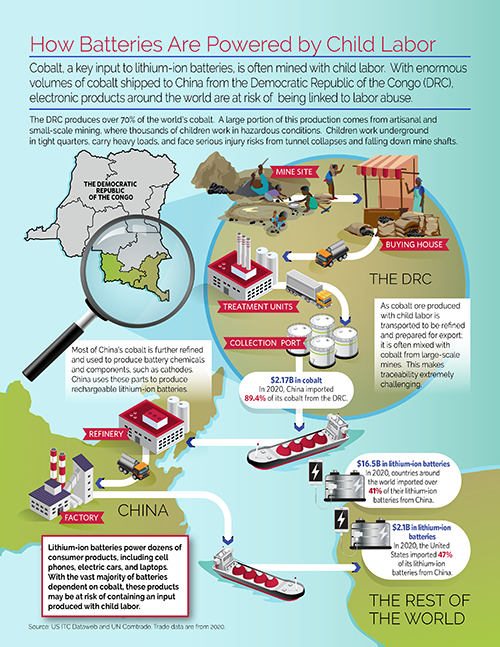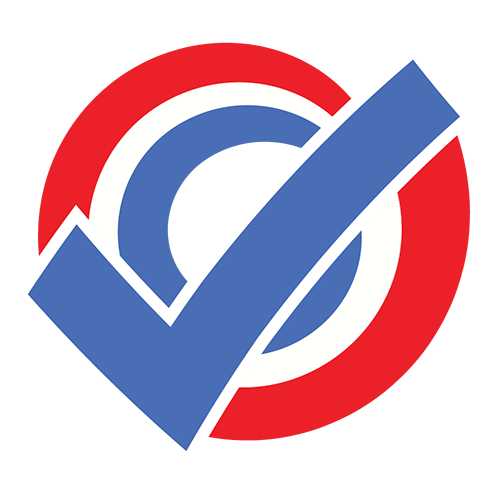Children work at the very earliest stages of the rechargeable battery supply chain—a supply chain dominated by China, which imports nearly 90% of its cobalt from the DRC. Chinese firms own, operate, or finance most of the DRC's cobalt mines. In the process of refining cobalt prior to export, cobalt from multiple sources is mixed together. When this happens, cobalt produced with child labor becomes impossible to distinguish from cobalt mined without child labor, tainting DRC's cobalt exports with child labor.
In 2020, the Democratic Republic of the Congo exported $2.36 Billion in cobalt. Over 90% of the DRC’s cobalt was transported to China ($2.17 Billion in 2020), with most intended for “fine” refining and integration into battery chemicals, as shown in the graphic below.
Photo Credit: © Samir Tounsi/AFP/Getty Images
A conveyor belt carries chunks of raw cobalt after a first transformation at a plant in Lubumbashi before being exported, mainly to China, to be refined. Lubumbashi, Democratic Republic of the Congo. February 16, 2018.



















